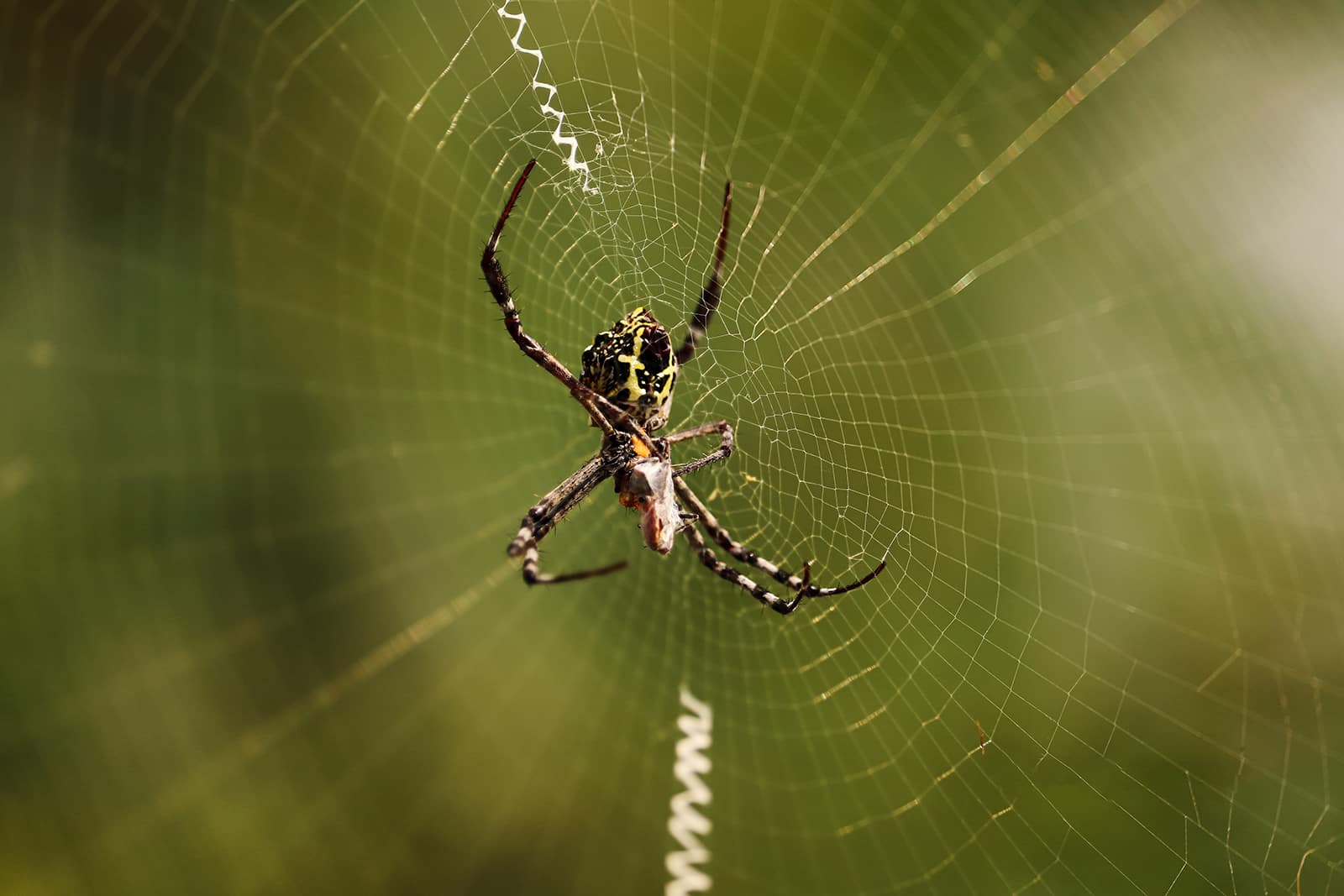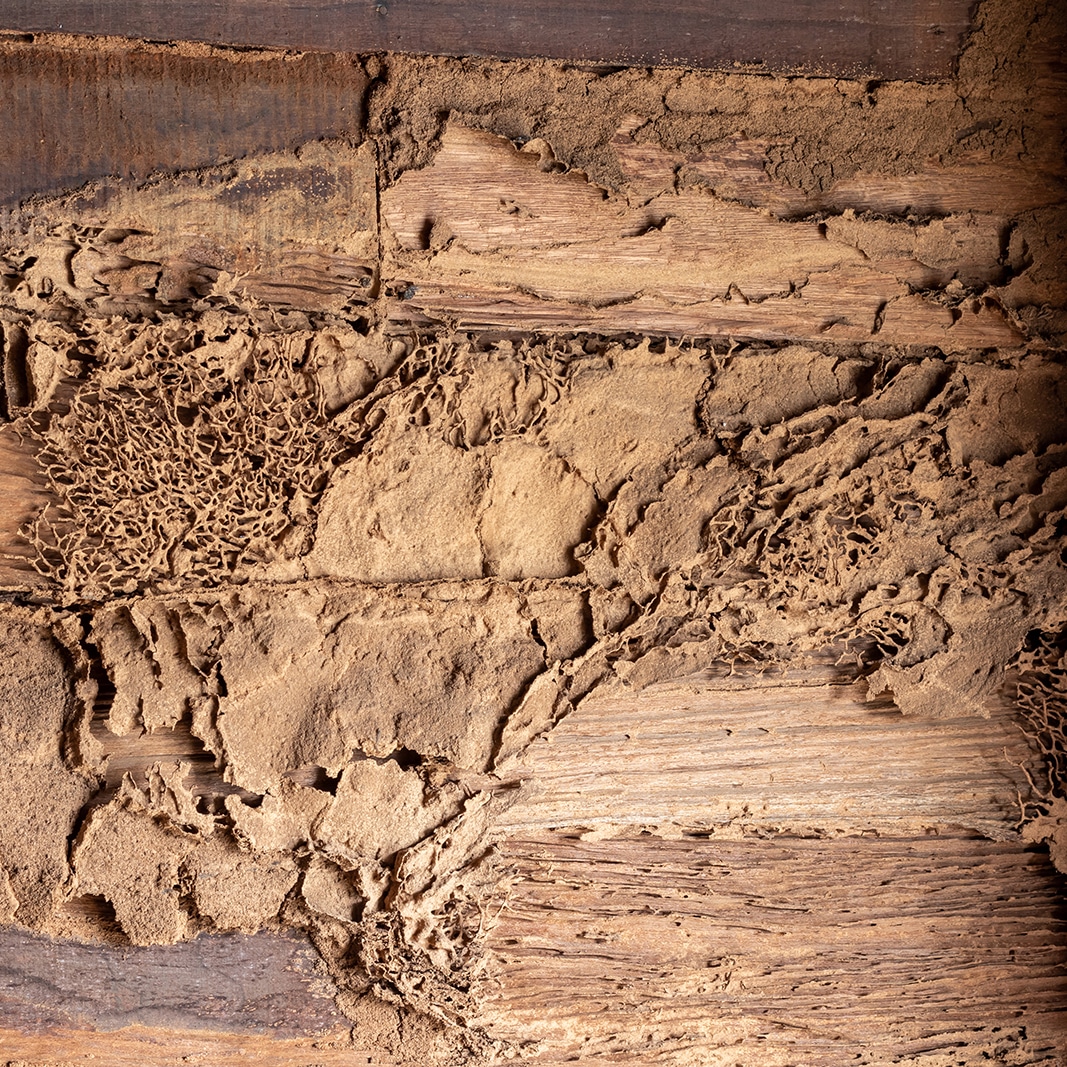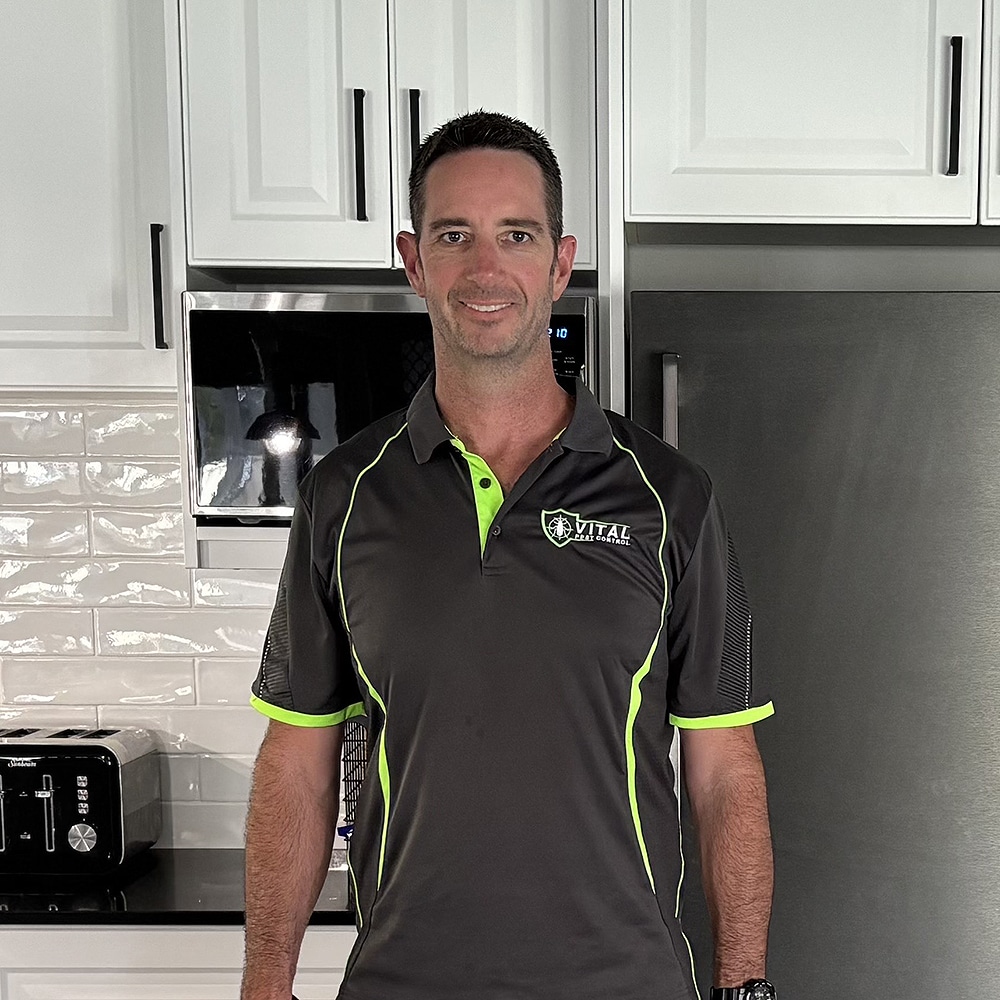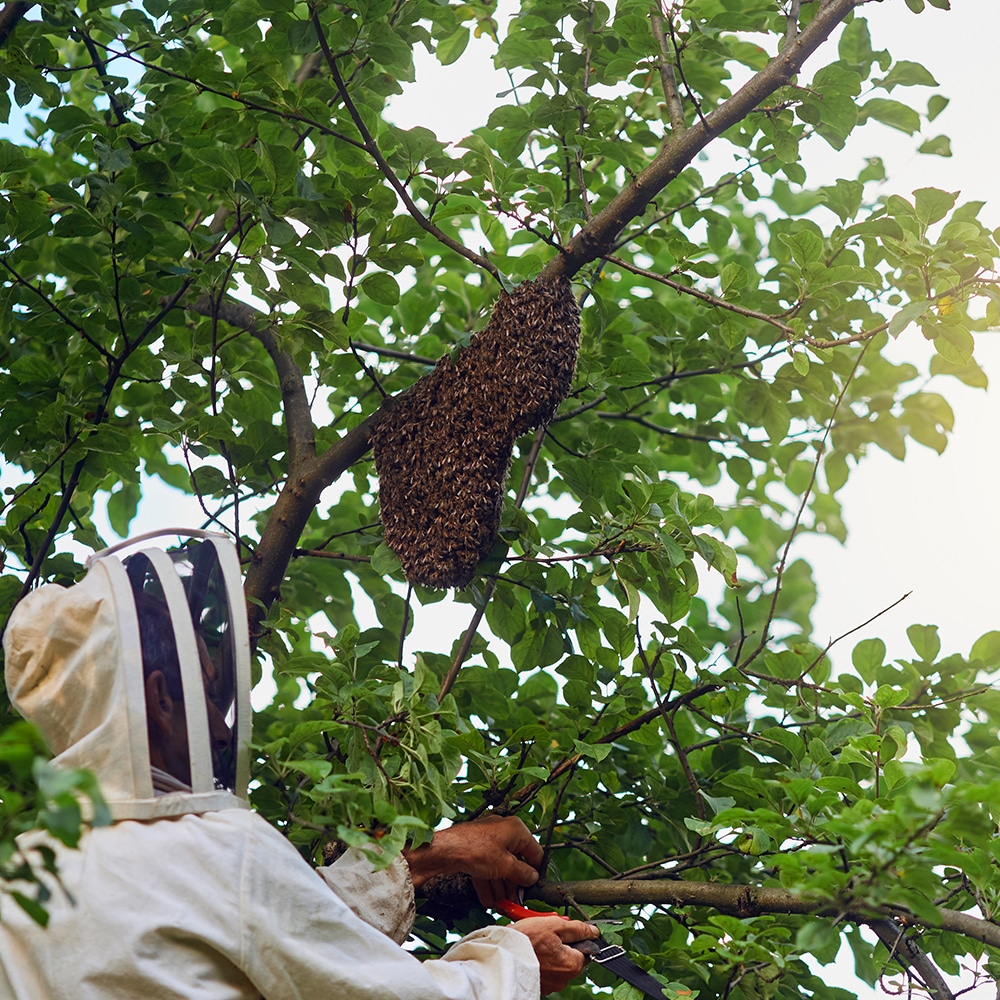
Why Do Spiders Come Back And Why
Why Do Spiders Come Back And Why On The Central Coast NSW. Responsive Proactive Solutions. Detail-focused for lasting results. Call Adam on 0431 222 894
Understanding Subterranean vs Drywood Termites is crucial for effective pest control on the Central Coast NSW. At Vital Pest Control, we offer reliable and trustworthy solutions to manage these pests efficiently.
Location of Nests and Mud Tubes
Subterranean termites build nests underground, often connected by mud tubes. These tubes protect them from predators and help maintain moisture. In contrast, drywood termites nest directly in wood, avoiding soil. Spotting these differences helps in adopting proactive solutions.
Detecting Frass vs Soil Deposits
Frass, or termite droppings, resembles sawdust and is a sign of drywood termites. Subterranean termites leave soil deposits near mud tubes. Spotting these signs can lead to responsive, proactive solutions for termite control.
Which Species Causes More Damage
Subterranean termites cause more damage due to their large colonies and constant feeding. Drywood termites work slower but still cause significant harm. Knowing the species helps tailor effective, detail-focused treatments for lasting results.
Termite Swarm Prevention Tips
Prevent swarms by reducing moisture around your property. Seal cracks and gaps in foundations. Regular inspections are crucial. These steps can help protect your home and ensure peace of mind on the Central Coast.
Spotting Live Colonies Near Stumps
Look for mud tubes or damaged wood near stumps. This is a common spot for subterranean termites. Identifying live colonies allows for timely intervention, preventing further infestation.
Adapting Inspection Strategies Per Species
For subterranean termites, focus on soil and foundation areas. For drywood termites, inspect wooden structures and furniture. Adapting inspections ensures thorough checks, enhancing pest control effectiveness.
Infestation Speed and Severity Contrasts
Subterranean termites infest rapidly, often causing severe damage. Drywood termites are slower but persistent. Understanding these contrasts helps prioritize treatment urgency and scope.
Recommending Appropriate Treatment Types
Use soil treatments and baiting systems for subterranean termites. Fumigation works best for drywood termites. Tailoring treatments ensures effective pest control on the Central Coast NSW.
Discover how we can help you today! Contact us at Contact.

Understanding where termites build their nests and mud tubes is crucial for effective pest control on the Central Coast NSW. Subterranean and drywood termites vary significantly in their nesting habits, which can influence treatment strategies.
Subterranean Termite Nests
Subterranean termites typically build their nests underground, often near a moisture source. These nests provide protection and allow termites to maintain the humidity levels they need to survive. They create extensive tunnel systems that can stretch for metres, making them hard to detect. Spotting mud tubes on foundations or walls can be a sign of their presence. These tubes connect the colony to food sources and protect termites from predators and dehydration.
Drywood Termite Habitats
Unlike their subterranean counterparts, drywood termites do not require contact with soil. They infest wooden structures directly, creating nests within the wood itself. This behaviour makes them particularly challenging to control, as they are often hidden deep inside timber. Drywood termites can exist in smaller colonies and do not create mud tubes, making early detection more difficult. Signs of infestation include small piles of frass, which resemble sawdust, near infested wood.
Understanding these nesting habits is vital for choosing the right pest control method. Targeted treatments can save both time and resources, ensuring effective termite management on the Central Coast NSW.
Identifying the difference between frass and soil deposits is crucial for effective pest control on the Central Coast of NSW. Frass, a telltale sign of termite activity, is often confused with soil deposits, leading to potential misdiagnosis. Proper identification can significantly aid in targeting the right termite species and ensuring effective treatment.
Frass Characteristics
Frass resembles tiny wood pellets and typically appears near infested wood. Unlike soil, frass is usually dry and can vary in colour from light to dark, depending on the type of wood consumed. These granules are often found in small mounds, indicating the presence of drywood termites. Their distinct shape and texture make frass a reliable indicator when assessing for drywood termites.
Soil Deposits Explained
In contrast, soil deposits often accompany subterranean termite activity. These deposits are typically moist and found near mud tubes or entry points in the ground. Subterranean termites build mud tunnels to maintain moisture and access food sources, using soil as a primary material. Identifying these moist deposits can help pinpoint subterranean termite infestations.
Importance of Accurate Detection
Detecting frass versus soil deposits allows pest control professionals to tailor treatment strategies effectively. Accurate identification ensures the application of suitable methods, reducing the risk of infestation recurrence. For homeowners on the Central Coast, understanding these differences is vital in maintaining pest-free properties and protecting structural integrity.
On the Central Coast of NSW, pest control experts often encounter two main termite species: subterranean and drywood termites. Both can cause significant damage, but understanding which species poses a greater threat is crucial for effective pest management.
Subterranean Termites: The Silent Destroyers
Subterranean termites are notorious for their stealthy nature. They build extensive underground colonies and use mud tubes to access structures. These termites thrive in moist environments, making the Central Coast an ideal habitat. Their relentless feeding can lead to severe structural damage, often undetected until it’s too late. Vital Pest Control frequently finds that these termites cause more widespread destruction due to their large colonies and aggressive feeding habits.
Drywood Termites: Covert Intruders
Drywood termites, while less common, still pose a significant threat. These pests infest dry wood, bypassing the need for soil contact. Their colonies are smaller compared to subterranean termites, but they can still cause substantial harm over time. Vital Pest Control observes that drywood termites often target wooden furniture and structural components, leading to costly repairs.
Ultimately, both termite species can wreak havoc, but subterranean termites typically cause more extensive damage due to their sheer numbers and aggressive foraging. Effective pest management strategies are essential to protect properties from these destructive invaders.
Keeping termites at bay is essential for preserving homes on the Central Coast of NSW. With both subterranean and drywood termites posing risks, prevention is key. Implementing effective termite swarm prevention tips can save homeowners from costly damage and stress.
Regular Inspections
Scheduling annual termite inspections is crucial. Professional pest controllers can identify early signs of termite activity, providing a chance to address issues before they escalate. Regular checks help maintain a termite-free environment, offering peace of mind.
Moisture Control
Termites thrive in moist conditions. Ensuring proper drainage around the home and fixing leaks can reduce moisture levels. Installing good ventilation in crawl spaces also helps deter termites by keeping areas dry and less appealing to these pests.
Barrier Treatments
Applying chemical barriers around the home’s perimeter can prevent termite entry. These treatments create a protective zone that termites cannot cross, effectively keeping them away from structures. Consult pest control professionals for the best options tailored to your property.
Wood Management
Storing firewood and timber away from the house reduces the risk of attracting termites. Keeping wood off the ground and at a safe distance from the home ensures that termites do not have easy access. This simple step can significantly decrease termite attraction and infestation risks.
Spotting live colonies near stumps can be crucial for effective pest control, especially on the Central Coast of NSW. Stumps often serve as ideal breeding grounds for termites. Identifying such colonies early can save homeowners from costly repairs and extensive damage.
Signs of Termite Activity
Look for mud tubes on the surface of stumps. These are pathways termites use to travel between their colony and food sources. You might also notice wood that sounds hollow when tapped, indicating internal termite activity. Termites may leave behind droppings resembling sawdust, a telltale sign of their presence.
Why Stumps Attract Termites
Stumps provide the moisture and wood termites crave. The damp environment and decaying wood found in stumps create perfect conditions for colonies to thrive. This makes stumps a prime target for termites seeking new feeding grounds.
Effective Inspection Techniques
Conduct regular inspections around your property, focusing on areas with wood-to-soil contact. Use a flashlight to look for subtle signs of termite activity. If you suspect a colony, contact a professional pest control service to confirm and address the issue promptly.
For those on the Central Coast, understanding these signs and taking swift action can make all the difference in maintaining a termite-free home.
Understanding the differences between subterranean and drywood termites is crucial for effective pest control, especially on the Central Coast of NSW. Each species requires tailored inspection strategies to ensure thorough management and prevention. Subterranean termites are often hidden in soil and wood, while drywood termites live inside the wood they consume. Adapting your inspection strategy to these behaviours can significantly improve pest control outcomes.
Subterranean Termite Inspection Methods
Subterranean termites usually nest underground, making them tricky to detect. To adapt your inspection strategy, focus on examining areas where wood meets soil, like foundations and crawl spaces. Look for mud tubes, as these are common pathways for subterranean termites. Employ moisture meters to identify damp areas, as these are prime locations for termite activity. Using probes and tapping tools can also reveal hollowed wood, indicating termite damage.
Drywood Termite Inspection Techniques
Drywood termites differ by residing directly in the wood they infest, without requiring soil contact. To inspect for drywood termites, pay attention to frass or wood pellets, which are indicators of their presence. Carefully examine wooden structures, including furniture and beams, for signs of infestation. Using small drills can help check for hollowed wood, and listening devices can detect the sounds of these pests within wooden areas.
When dealing with termites on the Central Coast NSW, understanding the differences in infestation speed and severity between subterranean and drywood termites is crucial. These pests, though similar in their wood-destroying habits, differ significantly in how quickly and severely they can impact structures.
Subterranean Termite Infestation Speed
Subterranean termites are known for their rapid infestation speed. They build extensive colonies underground, often numbering in the millions, which allows them to consume wood at an alarming rate. Once they find a food source, such as timber in your home, they can establish mud tubes to transport moisture and workers swiftly. This speedy operation can result in significant structural damage within a short timeframe, making quick action essential.
Drywood Termite Infestation Severity
In contrast, drywood termites operate differently. They infest wood directly without needing soil contact, often infiltrating through small cracks in wood surfaces. While their colonies are smaller, typically numbering in the thousands, the damage they cause can be severe over time. Drywood termites can remain hidden for years within wooden structures, slowly hollowing them out and leading to eventual collapse if not detected and treated.
Vital Pest Control’s Role
At Vital Pest Control, we understand these distinct termite behaviours and tailor our approaches accordingly. Our experts swiftly identify the type of termite infestation and implement effective treatment strategies to protect your property. Whether facing the rapid destruction of subterranean termites or the stealthy damage of drywood termites, professional intervention is key to safeguarding your home on the Central Coast NSW.
Choosing the right treatment for termite control involves understanding the specific type of termites infesting your property. On the Central Coast NSW, both subterranean and drywood termites pose significant threats. Determining the appropriate treatment method is crucial for effective pest control and maintaining the structural integrity of buildings.
Understanding Subterranean Termite Treatments
Subterranean termites, living underground, require a strategic approach. Liquid soil treatments form barriers around foundations, preventing termites from entering structures. Baiting systems, another option, attract and eliminate colonies by using laced stations. Both methods are effective, but the choice depends on infestation severity and property layout. Professional pest controllers assess these factors to recommend the most suitable treatment.
Addressing Drywood Termite Infestations
Drywood termites, unlike their subterranean counterparts, dwell inside wood without needing soil contact. Treatments often involve localised spot treatments or whole-structure fumigation. Spot treatments inject insecticides directly into infested wood, ideal for limited infestations. Fumigation, however, is necessary for widespread issues, penetrating all wood areas to eradicate hidden colonies. Consultation with pest experts ensures the appropriate method is selected, safeguarding your property effectively.
Inspecting attic beams for signs of drywood termites is crucial for effective pest control on the Central Coast, NSW. These pests can cause significant damage if not detected early. Understanding what to look for can help protect your home from costly repairs.
Identifying Frass
One common indicator of drywood termite activity is the presence of frass. These tiny, wood-coloured pellets are termite droppings. They often accumulate in small piles beneath infested wood. Finding frass in your attic suggests termites are nearby, actively feeding on the beams. Regularly check for these droppings, especially in undisturbed corners.
Hollow-Sounding Wood
Another method to detect termite presence is tapping on the beams. Drywood termites consume wood from the inside, leaving a thin outer layer. Gently knock on the beams. If they sound hollow, it might indicate internal damage. This subtle technique can uncover hidden infestations that aren’t immediately visible.
Visible Damage
Look for visible signs of damage such as cracks or tunnels in the wood. These can indicate a more advanced infestation. Termites often create intricate tunnel networks within beams, weakening the structure over time. Spotting these signs early can prevent further deterioration and the need for extensive repairs.
Pest control on the Central Coast NSW often requires choosing between fumigation and localised treatment, especially when dealing with termites. Understanding the differences can help in making the right choice for termite management.
When To Choose Fumigation
Fumigation is a comprehensive method that targets entire structures. It’s ideal for severe infestations where termites have infiltrated large areas. This process involves sealing the building and using gas to eradicate pests. While effective, it requires vacating the property for a few days. Fumigation is significant for ensuring no termite is left behind, making it a strong solution for widespread damage.
Advantages of Localised Treatment
Localised treatment focuses on specific areas rather than the whole structure. It’s suitable for early-stage infestations or when termites are confined to particular spots. Techniques include injecting termiticides directly into affected areas. This method is less disruptive, allowing homeowners to stay on-site during treatment. It often costs less than fumigation, providing a budget-friendly option.
Deciding Factors
Choosing between fumigation and localised treatment depends on infestation severity, budget, and convenience. Fumigation offers thorough eradication, ideal for extensive infestations. Localised treatment suits minor cases, providing a targeted approach. Consulting with pest control experts can guide the decision, ensuring effective termite management tailored to specific needs.
Living in tropical or coastal areas like the Central Coast NSW, residents must remain vigilant against termites, particularly subterranean and drywood species. These pests thrive in warm, humid environments, making homes in these regions more susceptible to infestations. Understanding their behaviours and habitats can help in taking proactive measures for effective pest control.
Recognising the Threat
Subterranean termites often build colonies underground, moving through mud tubes to find wood. In contrast, drywood termites establish nests directly within wooden structures. Both types can cause significant damage, but their presence may not be immediately obvious. Regular inspections are crucial to identify early signs and take timely action.
Monitoring and Prevention
Homeowners should routinely check for signs of termites, such as discarded wings, hollow-sounding wood, or mud tubes. Installing physical barriers and maintaining proper ventilation can deter these pests. Removing moisture sources and sealing entry points also helps in preventing infestations.
Professional Pest Control
Engaging professional pest control services is essential for comprehensive management. Experts can assess the extent of an infestation and implement effective treatments. They can also provide ongoing monitoring and maintenance to safeguard homes against future invasions.
Outdoor timber structures on the Central Coast NSW face a persistent threat from termites, particularly subterranean and drywood termites. Protecting these structures is crucial for maintaining their longevity and aesthetic appeal. Understanding the right preventative measures helps in safeguarding your investment from potential pest damage.
Regular Inspections
Regular inspections are vital in identifying early signs of termite activity. Engage professional pest control services to conduct thorough checks at least once a year. They have the expertise to spot subtle signs of infestation, enabling timely intervention. Early detection can save you from costly repairs and structural damage.
Timber Treatment
Applying a protective treatment to your timber structures can deter termites. Products like borate-based solutions penetrate the wood, creating a barrier that termites find unpalatable. Regular reapplication is necessary to maintain effectiveness. Consider consulting with pest control experts to choose the most suitable treatment for your specific needs.
Maintain Dry Conditions
Termites thrive in moist environments. Ensure proper drainage around your timber structures to prevent water pooling. Fix any leaks promptly and keep gutters clean. By maintaining dry conditions, you create an environment less conducive to termite infestations, providing peace of mind.
Barrier Systems
Installing physical or chemical barriers around your property acts as an additional line of defence. These barriers prevent termites from reaching your timber structures. Consult with pest control professionals to evaluate the best barrier system based on your location and structure type. This proactive step significantly reduces the risk of severe infestations.
Detecting termite activity early can save significant damage to your property, and moisture meters play a critical role in this process, especially for subterranean termites. Vital Pest Control on the Central Coast NSW utilises these devices to identify potential infestations efficiently.
How Moisture Meters Work
Moisture meters measure the water content in materials like wood and soil, which can indicate termite presence. Subterranean termites thrive in damp environments, making moisture detection crucial. These devices provide instant feedback on the moisture levels, helping pest controllers pinpoint areas requiring further investigation.
Benefits of Using Moisture Meters
Moisture meters offer non-invasive detection, preserving property integrity while assessing termite risk. They allow pest controllers to focus their efforts, reducing the likelihood of missing hidden colonies. This efficiency not only saves time but also minimises disruption for property owners.
Integrating Moisture Meters in Pest Control
Vital Pest Control integrates moisture meters into a comprehensive termite management strategy. By combining this technology with regular inspections and expert analysis, they ensure thorough detection and effective treatment. This integrated approach provides peace of mind for homeowners on the Central Coast.
Monitoring furniture for drywood pellets is crucial in identifying drywood termite infestations early. These termites can cause significant damage if left unchecked. By focusing on the tell-tale signs, you can prevent costly repairs and maintain the value of your furniture.
Identifying Drywood Pellets
Drywood pellets, also known as frass, are small, wood-coloured droppings left by drywood termites. These pellets are typically hexagonal, resembling tiny grains of rice. Finding these around your furniture is a clear indication of termite activity. Regularly inspecting your furniture for these pellets can help in early detection of an infestation.
Regular Inspections
Conduct routine checks on all wooden furniture, particularly those in less disturbed areas. Pay close attention to the undersides and crevices where termites are likely to hide. Use a flashlight to look for any signs of frass or damaged wood. Early detection is key to effective pest control.
Professional Pest Control
If you suspect a drywood termite infestation, contact a professional pest control service like Vital Pest Control on the Central Coast NSW. Professionals have the expertise to assess the situation accurately and recommend the best treatment options. Their intervention can save your furniture from extensive damage.
The Central Coast of NSW is a picturesque region, but its climate also attracts pesky termites. Knowing which species are prevalent locally is crucial for effective pest control. Subterranean and drywood termites each present unique challenges, making identification a vital first step in safeguarding your property.
Subterranean Termites: The Hidden Invaders
Subterranean termites are a common threat on the Central Coast. These pests thrive in moist environments and often build mud tubes to move between their colony and food sources. They mainly feed on wood structures and can cause significant damage if not detected early. Regular inspections and preventive measures are essential to control their spread.
Drywood Termites: The Silent Destroyers
Unlike their subterranean counterparts, drywood termites do not require contact with soil. They infest dry wood and can be found in attics, framing, and wooden furniture. Spotting their presence can be tricky as they live entirely within the wood they consume. Look for tiny piles of wood dust or hollow-sounding wood as indicators.
Understanding these termite types helps tailor your pest control strategy effectively. Regular monitoring, combined with professional pest control services, can protect your property from these destructive insects.
Please leave your details in the form and we will call you back the same day.
So that we can process your enquire efficiently please leave as many details as possible and upload any relevant images. (.jpg and .png format)

Why Do Spiders Come Back And Why On The Central Coast NSW. Responsive Proactive Solutions. Detail-focused for lasting results. Call Adam on 0431 222 894

Building a Long Term Residential Pest Protection Plan For Home Owners On The Central Coast NSW. Responsive Proactive Solutions. Detail-focused for lasting results. Call Adam on 0431 222 894

How to Protect Your Home from Wasp Infestations On The Central Coast NSW. Responsive Proactive Solutions. Detail-focused for lasting results. Call Adam on 0431 222 894